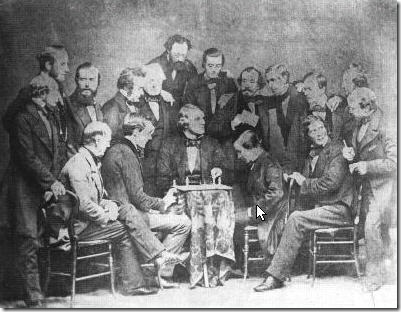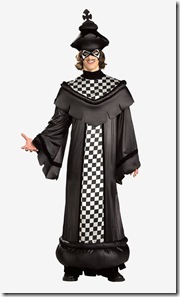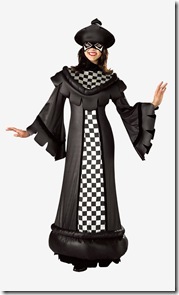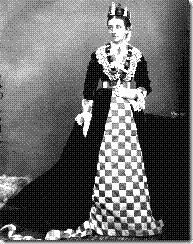

This is not necessarily a recommendation (or even a review), I'm listing it simply as a resource to be explored.
This series was first brought to my attention by Greg over at Greg's Chess Progress. Greg has used several books in the series to improve his game, and having moved on to more advanced things and through a very magnanimous gesture - Thanks, Greg! - sent me several books in the series he no longer had a use for.
From what I can gather about the series, they were first published by Microsoft Press as four volume set and then later expanded to six volumes. Eventually the series was picked up by Everyman Chess and they currently publish the entire series. Everyman says the Winning Chess Series is "probably the best-selling series of chess books ever published." It certainly seems to be a comprehensive series, starting from the very basics with volume one Play Winning Chess and from there covering tactics, strategies, openings, endgames, and combinations.
So far, I have only been able to read a single chapter, chapter one entitled "Early Days" in the Winning Chess Openings book. It was great fun to read! I actually laughed out loud while reading it because, in the example games he gives, I saw myself doing the same things he did (and millions of other beginners have done) when they first learn how to play the opening. Not only were the games amusing they were very educational - thanks to the insightful comments by Mr. Seirawan. If the rest of the material is up to this quality I expect this series to be very good. As I work through the books I hope to give full reviews of each. That's going to takes some time though ;-) For what it's worth, I noticed the customer review’s at Amazon were uniformly high – 4 to 5 stars – for all seven volumes!
Here is a detailed list of the series (including the back cover summaries):
Winning Chess Series by Yasser Seirawan
- Play Winning Chess - An introduction to chess and some basic strategies. "In this first of a four part series, Seirawan talks to the chess novice. He explains the game's development and basics of play, sharing stories of some of the wild and wonderful characters from chess history and Seirawan's own experiences. The language is simple and nontechnical enough for the greenest newcomer, who will hardly seem green at all after absorbing the lessons of this terrific introduction to chess."
Microsoft Press 1990, 1998
- Winning Chess Tactics - An introduction to tactics with puzzles. "This is the second in Seirawan's four volumes, taking the reader from the very basics of chess through appreciation of advanced play. He does a remarkable job of discussing tactics that usually appear only in books for advanced players and communicating them to anyone with a grasp of playing fundamentals. The first part of the book deals with basic tactics and how they can be used individually and in combination. In the second part, Seirawan introduces some of the great chess tacticians and their games, further illustrating tactics as they work out in real-life play. "
Microsoft Press 1992, 1998
- Winning Chess Strategies - A book on how to use small advantages and use strategies to make them. "This is the third of Seirawan's four-volume series, which takes the reader from chess greenhorn to a player advanced enough to understand grandmaster play. Here, Seirawan shows how to set long-range goals for a game and systematically gain a superior position. His deft explanations give anyone with basic chess knowledge (covered in his previous books) the insights to leap levels in play. As usual, he tackles the subject with an infectious enthusiasm, communicating the sporting thrill as each piece of a meticulous plan comes together. Throughout the book, engrossing chess puzzles help teach strategic points."
Microsoft Press 1994, 1998
- Winning Chess Brilliancies - Notable games in chess that are analyzed by the author. "Seirawan does more than present 12 of the most brilliant grandmaster games of the past 25 years. His lively move-by-move analysis delves into the minds of many of chess's greatest players, explaining the reasoning (or errors) behind each. Readers with a grasp of chess basics, tactics, and strategies (covered in the first three books of Seirawan's four-book series) will come away with an appreciation of the subtleties of grandmaster play and the inspiration to stretch their skills and understanding to higher levels. Have another chess player nearby when you read it--you'll want to play afterwards."
Microsoft Press 1995, 1998
- Winning Chess Openings - Gives a brief description on hundreds of the most popular openings, as well as opening strategies. "The two greatest challenges for beginning chess players are not only to survive the openings phase, but also to choose appropriate attack and defense formations in the process. Winning Chess Openings shows you how to do both. In Yasser Seirawan's entertaining, easy-to-follow style, you're shown formations that can be used with other White or Black pieces. Winning Chess Openings explains how to: build a safe house for a king; estimate losses of ten moves or fewer; utilize the elements: time, force, space and pawn structure; plan strategy based on time-tested opening principles; employ a defense for Black against any White opening; apply an opening for White used by World Champions."
Microsoft Press 1998
- Winning Chess Endings - Introduction to the endgame. "Good books about endgames for beginners are few and far between. Winning Chess Endings is a great one - a gripping introduction to what you need to know to win chess endings, taught by American Grandmaster Yasser Seirawan. His entertaining, easy-to-understand style, incisive stories and insiders advice will help you develop a solid grasp of proven principles that you can apply with confidence whenever a game goes the distance. You'll learn to prevail time and again in endgames with common and uncommon combinations and pieces. Winning Chess Endings explains how to: relentlessly find checkmates, from easy to hard, in all basic endgame patterns; master the intricacies of King and Pawn Endings; win consistently in the most common endgame - the Rook ending; master the pros and cons of Bishop vs. Knight Endgames; seize the advantage in Rook Pawn and Queen Pawn endings; play like a grandmaster in solitaire endings."
Microsoft Press 1999
- Winning Chess Combinations - Teaches players how to recognize the main combination patterns; somewhat of a follow up to Winning Chess Tactics. "Winning Chess Combinations is a unique work that doesn't merely repeat the wonderfully rich and vast numbers of combinations, asking readers to solve a particular diagrammed position; it is a work that is far more realistic. A combination involves a sacrifice upsetting the balance of forces, but will it work or tragically boomerang? The reader is invited to solve this critical question by identifying the advantages that a specific position holds which might make the combination successful."
Everyman 2006













